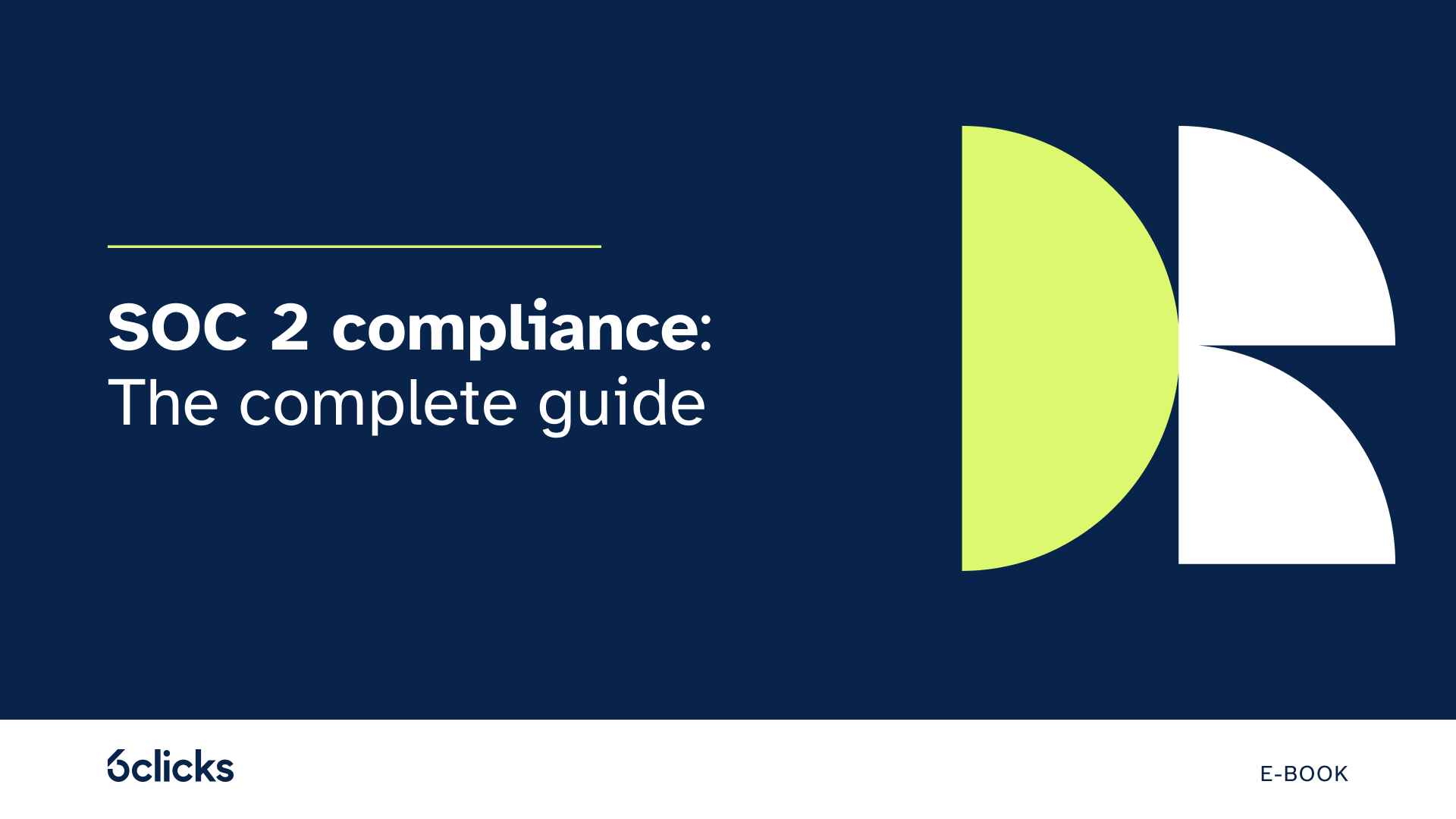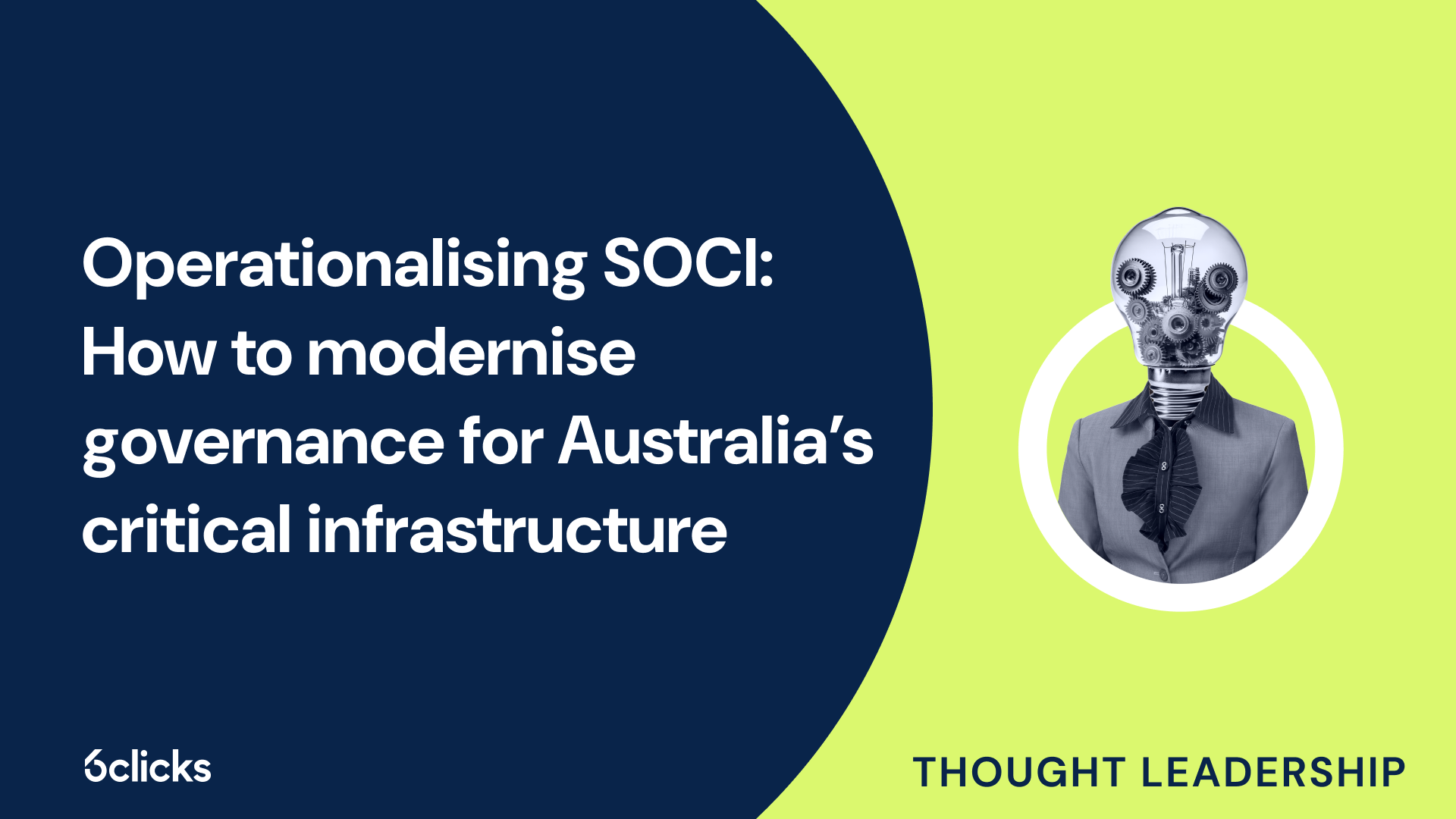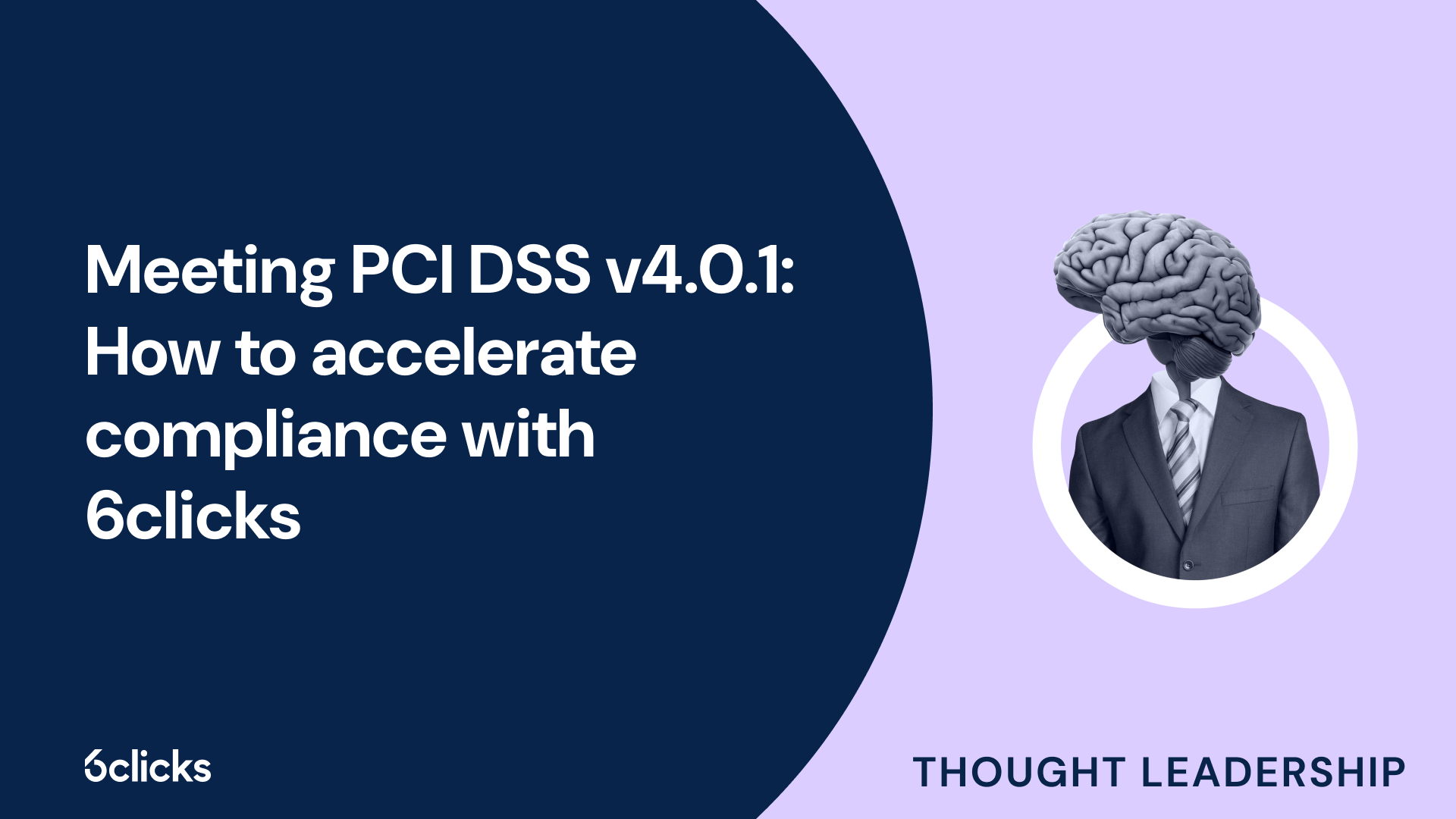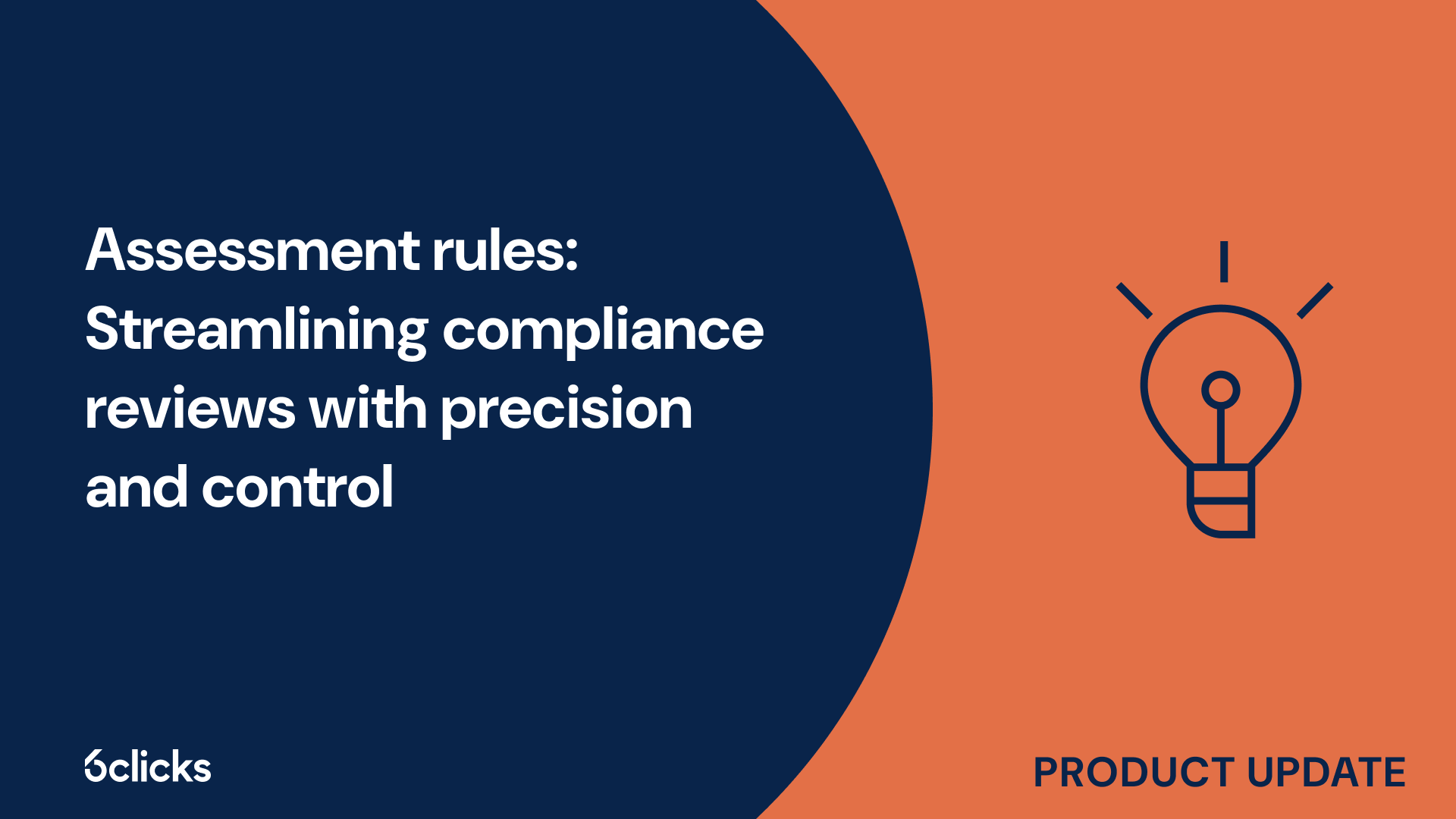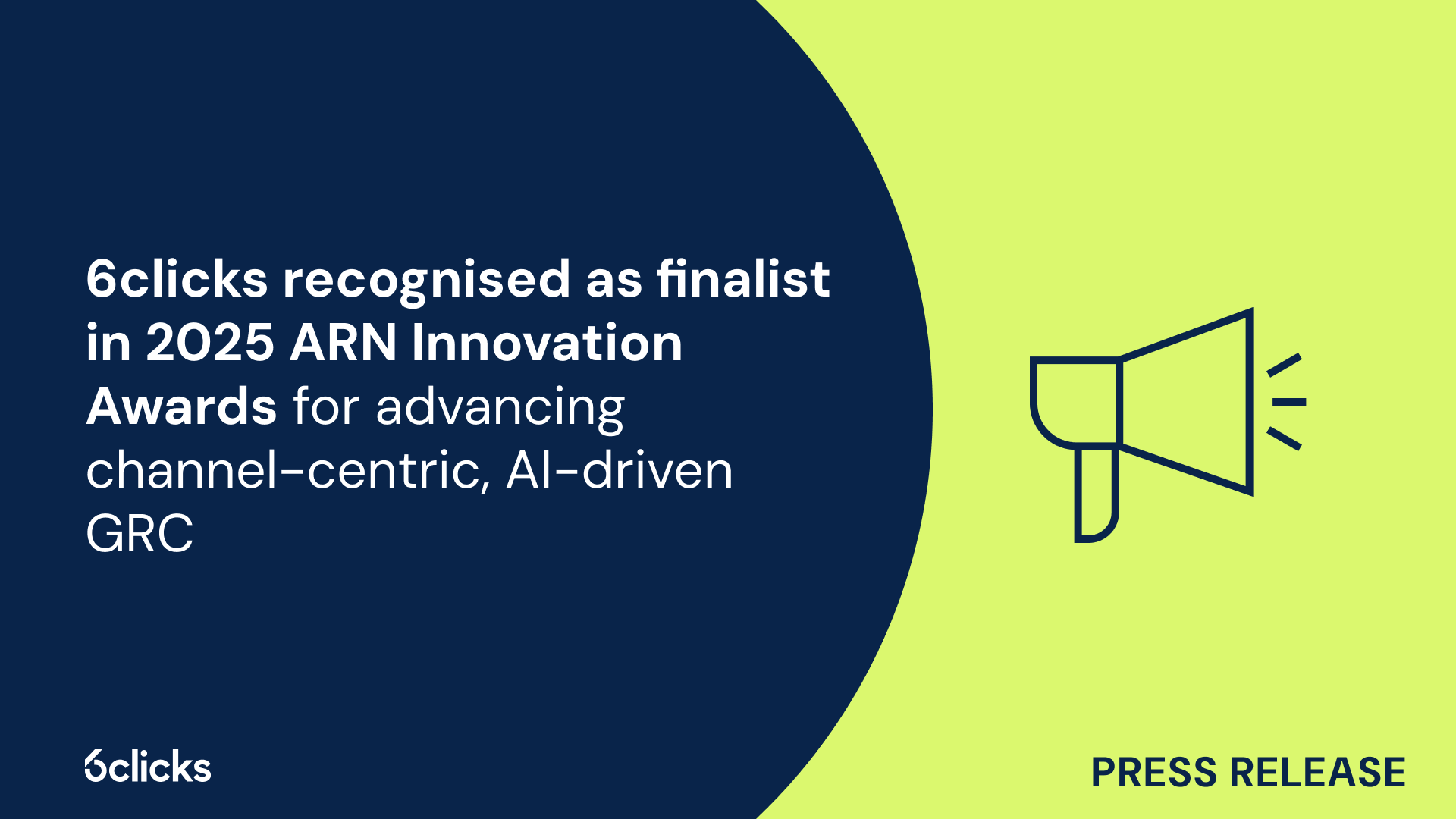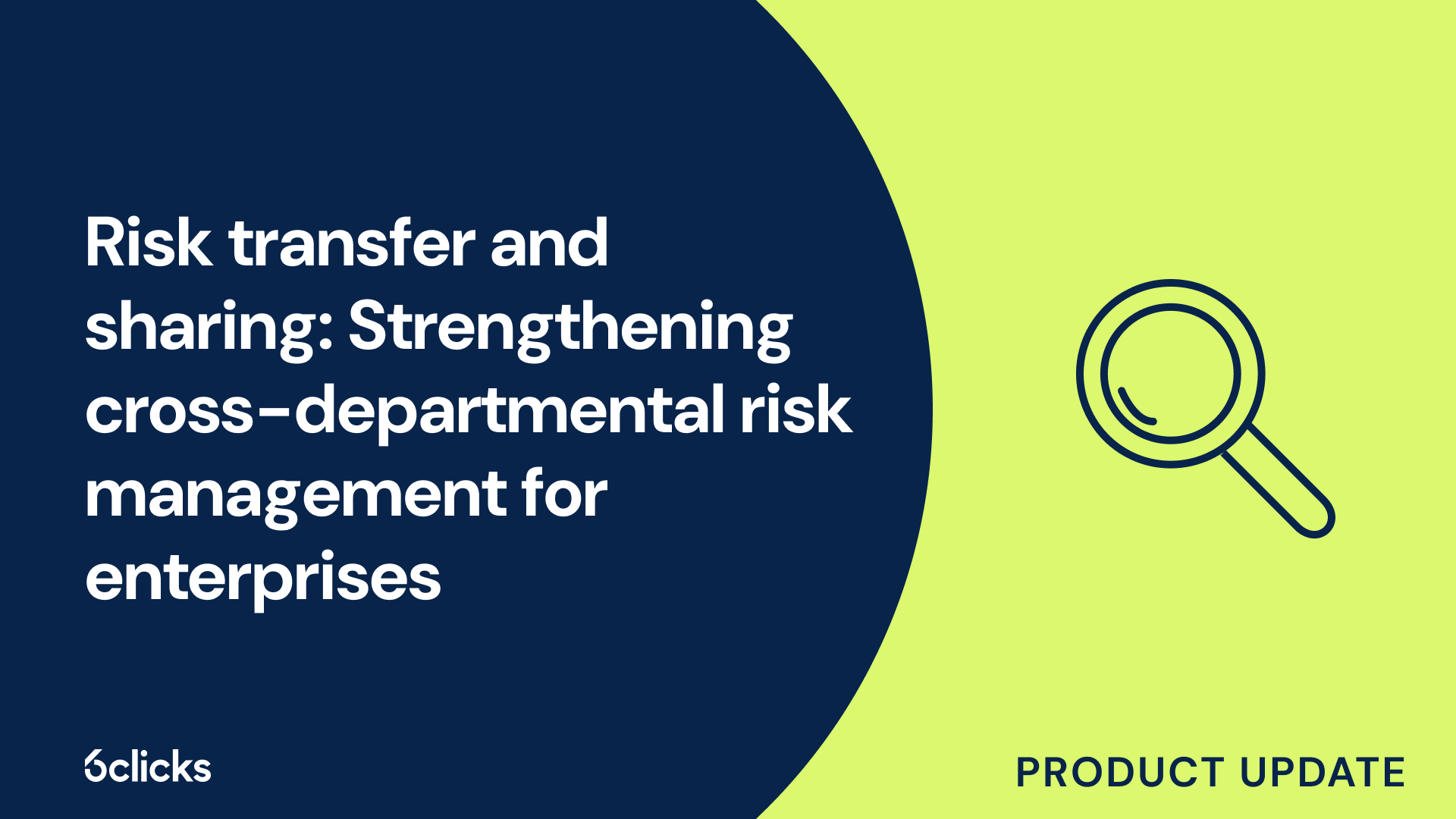The GRC buyer’s guide for 2025: Building resilience with AI-powered, federated solutions
Discover the ultimate GRC buyer's guide for 2025! Uncover how AI-powered, federated solutions transform compliance and security management for industries like government, aerospace, banking, and more. Learn about centralized control, continuous compliance, and advanced cyber GRC capabilities. Download now!
-1.png?width=200&height=249&name=Group%20193%20(1)-1.png)
The GRC buyer’s guide for 2025: Building resilience with AI-powered, federated solutions
Security life cycle in information security
The security life cycle in information security is a structured approach to protecting an organization's digital assets from cyber threats. It encompasses a continuous process of identifying risks, assessing vulnerabilities, implementing protective measures, monitoring threats, and improving security postures. By following a defined security life cycle, organizations can proactively mitigate risks and strengthen their defense against evolving cyber threats.
Phases of the security life cycle
The security life cycle can be divided into four key phases: Identify, Assess, Protect, and Monitor.
1. Identify — Asset and risk identification
- Infrastructure inventory – Cataloging servers, networks, and devices
- Data classification – Identifying sensitive information such as PII, financial records, and intellectual property
- Threat landscape analysis – Understanding potential cyber risks like malware, phishing, and insider threats
2. Assess — Risk assessment and analysis
- Vulnerability scanning – Detecting weaknesses in systems and applications
- Threat modeling – Analyzing possible attack vectors
- Compliance and gap analysis – Ensuring alignment with information security frameworks like ISO 27001 and NIST CSF
3. Protect — Implementation of security controls
- Network security – Firewalls, intrusion prevention systems (IPS)
- Identity & Access Management (IAM) – Multi-factor authentication (MFA), Role-Based Access Control (RBAC)
- Data protection – Encryption, secure storage, and backup solutions
- Security awareness training – Educating employees on best security practices
4. Monitor — Continuous monitoring and threat detection
- Security Information and Event Management (SIEM) – Log analysis and anomaly detection
- Threat intelligence feeds – Proactively identifying emerging threats
- Incident response planning – Establishing procedures to detect, contain, eradicate, and recover from security incidents
- Regular security audits – Evaluating compliance and security effectiveness
Summary
The security life cycle is a continuous process that enables organizations to systematically manage security risks. By following the Identify, Assess, Protect, and Monitor framework, organizations can strengthen their security posture, ensure compliance, and proactively mitigate cyber threats. A well-structured security life cycle enhances resilience, minimizes vulnerabilities, and supports long-term cybersecurity readiness.
- Perform asset identification and risk assessment
- Implement and manage your controls and use continuous control monitoring to gain real-time insights into control effectiveness
- Automate compliance mapping and assessment against security frameworks
- Capture, track, and remediate incidents
- Conduct audits and assessments to validate the performance of security measures




